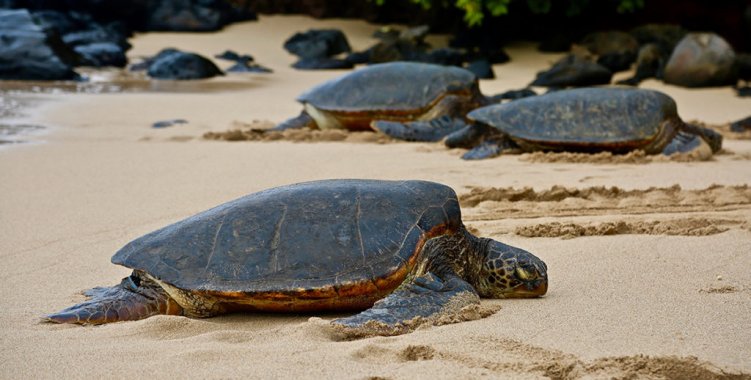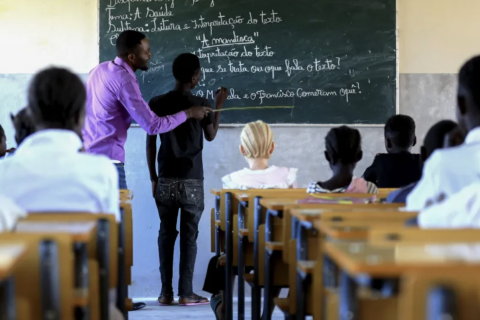"There is a lot to know about the sea turtles that spawn on the beaches of Angola, namely, where they do it, and what is the relevance, within the work of the Regional Conservation Units, of this group of individuals", explains Mário Pereira, professor at the Department of Biology of the AU and one of the biologists who scientifically coordinate the work.
According to that academic, the turtles have been sighted "olive (Lepidochelys olivacea), leather (Dermochelys coriacea) and green (Chelonia mydas)", with the spawning beaches identified in Cabinda, Luanda, Benguela and Namibe.
In Benguela, more specifically in Lobito, in the face of threats, particularly poaching, on the adult turtles of Dermochelys coriacea and Lepidochelys olivacea, was rescued in 2016, by Luz and Jean-Marie Le Corre, a nest representing 56 turtles that reached the sea.
From then on, after a partnership of institutions and with the help of biologists and volunteers, 12 nests were rescued that hatched in 2018/2019, representing more than 1100 turtles, and 106 nests in 2019/2020, with the possible release, by the end of the season, of more than 10,000 baby turtles of the most frequent species, olivacea, according to data revealed by the team of biologists.
The researchers' intervention, the University stresses, "brought precious indications to the field work on the techniques to be used to ensure more effective egg hatching".
In addition to the conservation project, the Cambeú Project, created under a partnership between the Jean Piaget Benguela Institute, SOBA Catumbela, SINPROF and UA, also aims at environmental education and raising awareness of the need to protect sea turtles.
"An estimate of the survival rate of the young that reach the ocean points to one in a thousand, with natural and anthropogenic threats contributing to that low number," says Mário Pereira.
According to that professor at the University of Aveiro, sea turtles tend to spawn in the places where they hatch, but only more than a decade later.
"As such, any interruption in the work done before reaching the age of reproduction could make the efforts associated with the conservation of these species impossible", he concludes.







